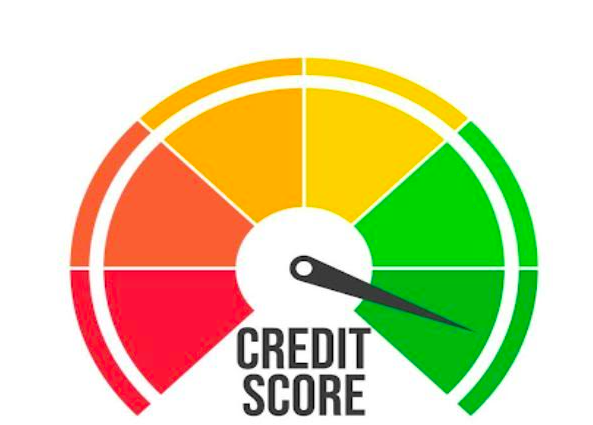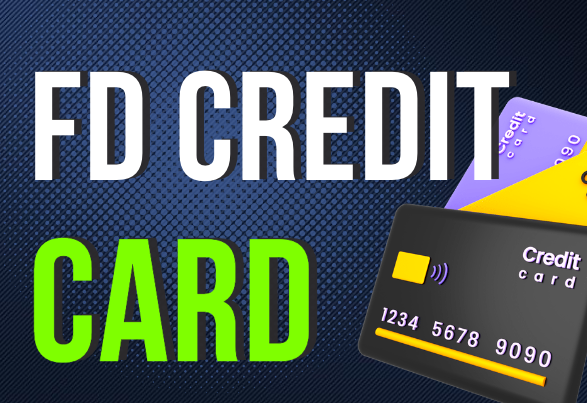Credit card rewards programs offer enticing incentives for cardholders, ranging from cashback bonuses to travel perks and merchandise discounts. In this article, we delve into the mechanics of credit card rewards programs, exploring how they work and the benefits they offer. These programs allow cardholders to earn points, miles, or cashback rewards on eligible purchases, which can then be redeemed for a variety of rewards. Understanding the ins and outs of these programs is essential for maximizing their value and making informed decisions about which credit cards to use. From understanding earning rates and redemption options to navigating bonus categories and annual fees, mastering credit card rewards programs can unlock a world of benefits and savings.

Introduction to Credit Card Rewards Programs
Credit card rewards programs have revolutionized the way consumers approach spending, offering enticing incentives for using specific credit cards. These programs allow cardholders to earn points, miles, or cashback rewards on eligible purchases, which can then be redeemed for various benefits such as travel perks, merchandise discounts, or statement credits. Understanding the intricacies of credit card rewards programs is essential for maximizing their value and making informed financial decisions.
From deciphering earning rates and bonus categories to navigating redemption options and associated costs, mastering these programs can unlock a world of benefits and savings. In this article, we explore the fundamentals of credit card rewards programs, shedding light on how they work, the different types of rewards available, and strategies for maximizing their value. Join us as we delve into the world of credit card rewards and help you harness their full potential to enhance your financial well-being.
Understanding Earning Points, Miles, or Cashback
Understanding how credit card rewards programs allow cardholders to earn points, miles, or cashback is essential for maximizing their benefits. Cardholders typically earn rewards based on their spending activity, with each purchase translating into a certain number of points, miles, or a percentage of cashback. Earning rates vary depending on factors such as the type of card, spending categories, and promotional offers.
Points and miles earned can be redeemed for various rewards, including travel bookings, merchandise purchases, or statement credits, while cashback rewards are typically deposited directly into the cardholder’s account or issued as a check. By understanding earning structures and bonus categories, cardholders can strategically use their credit cards to optimize rewards accumulation and maximize the value of their spending. This knowledge allows individuals to select cards that align with their spending habits and financial goals, ultimately enhancing their overall rewards experience.
Types of Rewards: Cashback, Travel, Merchandise, and More
Credit card rewards programs offer various types of rewards to incentivize card usage. The most common reward types include cashback, travel rewards, merchandise, and points-based rewards.
- Cashback rewards provide a percentage of the purchase amount back to the cardholder as a statement credit or direct deposit.
- Travel rewards offer points or miles that can be redeemed for flights, hotel stays, rental cars, or other travel-related expenses.
- Merchandise rewards allow cardholders to redeem points for a wide range of products, including electronics, clothing, gift cards, and more.
- Points-based rewards offer flexibility, allowing cardholders to redeem points for a variety of options, including cashback, travel, merchandise, gift cards, or experiences.
Bonus Categories and Multipliers
Bonus categories and multipliers are key features of credit card rewards programs that offer additional rewards for specific types of spending. Card issuers often designate certain categories, such as dining, groceries, gas stations, or travel, as bonus categories eligible for higher rewards earning rates.
For example, a card might offer 3x points or 5% cashback on purchases made in these bonus categories, while other purchases earn a standard rate. Some cards rotate their bonus categories quarterly, providing opportunities for cardholders to maximize rewards in different spending areas throughout the year.
Understanding bonus categories and multipliers allows cardholders to strategically use their credit cards to earn more rewards. By aligning spending with bonus categories and utilizing cards with the most advantageous earning rates, cardholders can optimize their rewards accumulation and maximize the value of their credit card usage.
Redemption Options: Travel, Statement Credits, Gift Cards, and More
Credit card rewards programs offer various redemption options, providing flexibility for cardholders to use their earned rewards according to their preferences. Common redemption options include:
- Travel: Points or miles can be redeemed for flights, hotel stays, rental cars, and other travel expenses.
- Statement Credits: Cardholders can apply rewards as credits towards their account balances, reducing the amount owed.
- Gift Cards: Rewards can be exchanged for gift cards from a wide range of retailers and brands.
- Merchandise: Points or cashback rewards can be used to purchase items from an online rewards catalog, including electronics, clothing, and more.
- Experiences: Some programs offer opportunities to redeem rewards for unique experiences such as concerts, events, or VIP packages.
Maximizing Rewards: Strategies and Tips
Maximizing credit card rewards requires strategic planning and utilization of various tactics to optimize rewards accumulation. Some effective strategies include:
- Choosing the Right Card: Select a credit card that aligns with your spending habits and offers generous rewards in categories you frequently use.
- Utilizing Bonus Categories: Take advantage of bonus categories and multipliers to earn extra rewards on specific types of purchases.
- Meeting Sign-Up Bonuses: Capitalize on sign-up bonuses by meeting spending requirements within the specified timeframe to earn a large number of rewards upfront.
- Consolidating Spending: Concentrate your purchases on one or two primary credit cards to maximize rewards accumulation and simplify tracking.
- Paying Off Balances: Avoid carrying balances to prevent interest charges, ensuring that rewards earned outweigh any associated costs.
Annual Fees and Associated Costs
Understanding annual fees and associated costs is crucial when evaluating the value of credit card rewards programs. Many rewards credit cards come with annual fees, which can range from nominal amounts to several hundred dollars. While some cards may justify their annual fees with generous rewards, perks, and benefits. Others may not offer enough value to offset the cost.
In addition to annual fees, cardholders should consider other potential costs. Such as foreign transaction fees, balance transfer fees, and interest charges on unpaid balances. It’s essential to weigh these costs against the rewards and benefits offered by the card to determine whether it aligns with your financial goals and spending habits.
Considerations: Credit Score Impact, Interest Rates, and Responsible Spending
When evaluating credit card rewards programs, several considerations beyond rewards and fees are essential for cardholders:
- Credit Score Impact: Opening new credit card accounts can affect your credit score. It’s crucial to understand how applying for a new card and managing credit utilization can impact your creditworthiness.
- Interest Rates: Credit cards often come with high-interest rates, especially for balances carried from month to month. Cardholders should prioritize paying off balances to avoid accruing interest charges.
- Responsible Spending: While rewards can be enticing, it’s essential to maintain responsible spending habits and avoid overspending to earn rewards. Carrying balances and paying interest can negate the benefits of rewards earned.
Comparing Offers and Choosing the Right Card
Evaluating credit card rewards programs involves comparing offers and selecting the right card based on individual preferences and financial goals. Start by assessing your spending habits and determining which categories align with your highest expenses. Then, research different cards to compare rewards earning rates, redemption options, annual fees, and additional perks such as sign-up bonuses or travel benefits. Consider factors like flexibility, ease of redemption, and the value of rewards offered. Additionally, weigh the potential impact on your credit score, interest rates, and responsible spending habits. By carefully evaluating rewards programs and choosing the right card. Cardholders can maximize the benefits of their credit card usage and enhance their overall financial well-being.
Conclusion: Harnessing the Benefits of Credit Card Rewards Programs
In conclusion, credit card rewards programs offer a wealth of benefits for cardholders, from cashback incentives to travel perks. By understanding how these programs work and implementing strategic tactics to maximize rewards, cardholders can harness their full potential. However, it’s essential to consider factors such as annual fees, interest rates, and responsible spending habits to ensure that rewards outweigh costs. By carefully evaluating rewards programs, comparing offers, and choosing the right card, individuals can optimize their credit card usage. Enhance their financial well-being, and enjoy the perks and benefits that come with smart rewards management.
Also Read:
- What is Dividend Investing and How to find Dividend Stocks?
- How do new mobile banking apps help access savings account better?
- Financial Advisor in India – The Best for your Financial Planning?
- What is inflation and how it impacts your financial plan?

Hello, I am Tanisha Kriplani, graduated in computer science from Delhi University. I am passionate about web content writing and have a strong interest in Data Analytics and Data Engineering.












